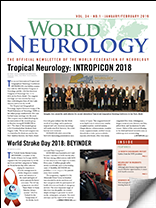On behalf of the World Federation of Neurology, the Nominating Committee invites nominations for the position of Elected Trustee for a three-year period, and for Treasurer for a four-year period.

- The Treasurer will take office Jan. 1, 2020 (the position vacated by Dr. Richard Stark who is eligible for re-election).
- One Elected Trustee will take office immediately following the election (the position vacated by Dr. Steven Lewis, who is eligible for re-election).
A nominee should be a member of a financial WFN member society, have a national and international reputation, have made contributions to neurology, and contributed and is committed to the WFN.
Please submit the name(s) of the individual(s), together with a signed statement of confirmation of their willingness to stand for election, a brief Curriculum Vitae (a single typewritten page), and evidence of support from their national society.
Please address the nomination documents to the chair of the Nominating Committee. Documentation should reach the London Secretariat office as soon as possible, but no later than May 3, 2019.
Nominations made after this deadline of May 3 must be supported by a minimum of five national WFN member societies, be accompanied by the same statement, Curriculum Vitae, and support, and be received by the London office before Sept. 26, 2019.
Electronic format is preferred.
The address is listed below:
Chester House
Fulham Green
81-83 Fulham High St.
London
SW6 3JA
United Kingdom
Tel.: +44 (0)20 3542 1657 / 1658
Fax: +44 (0)20 3542 1301
e-mail: info@wfneurology.org
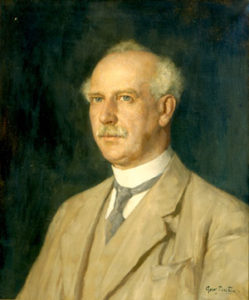
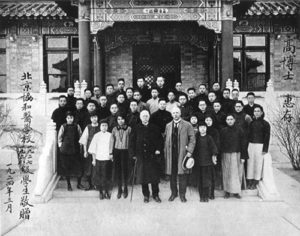
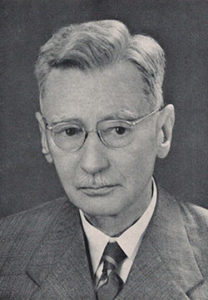
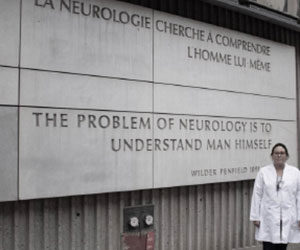
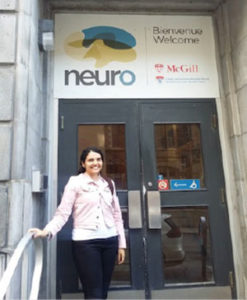
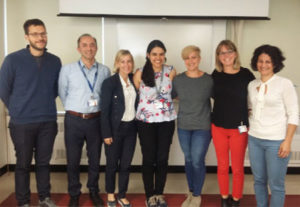
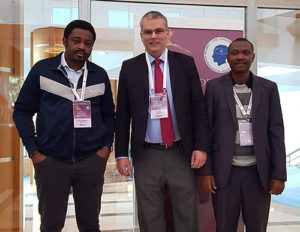 I would like to start by thanking the World Federation of Neurology (WFN) and the Turkish Neurological Society (TNS) for selecting me to visit the neurology department at Ege University in Turkey. It is a highly specialized department where advanced neurology care is given to patients.
I would like to start by thanking the World Federation of Neurology (WFN) and the Turkish Neurological Society (TNS) for selecting me to visit the neurology department at Ege University in Turkey. It is a highly specialized department where advanced neurology care is given to patients.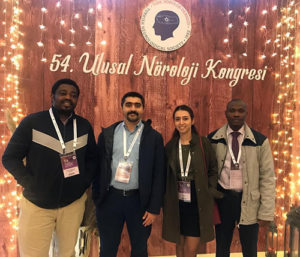 A major part of the program was the 54th National Neurology Congress of TNS, which took place Nov. 30 to Dec. 6, 2018, in Antalya. During that period, I met with and listened to top erudite scholars from TNS as they delivered their research work and lectures. I was particularly fascinated by the highly advanced neurology practice and research in Turkey.
A major part of the program was the 54th National Neurology Congress of TNS, which took place Nov. 30 to Dec. 6, 2018, in Antalya. During that period, I met with and listened to top erudite scholars from TNS as they delivered their research work and lectures. I was particularly fascinated by the highly advanced neurology practice and research in Turkey.

